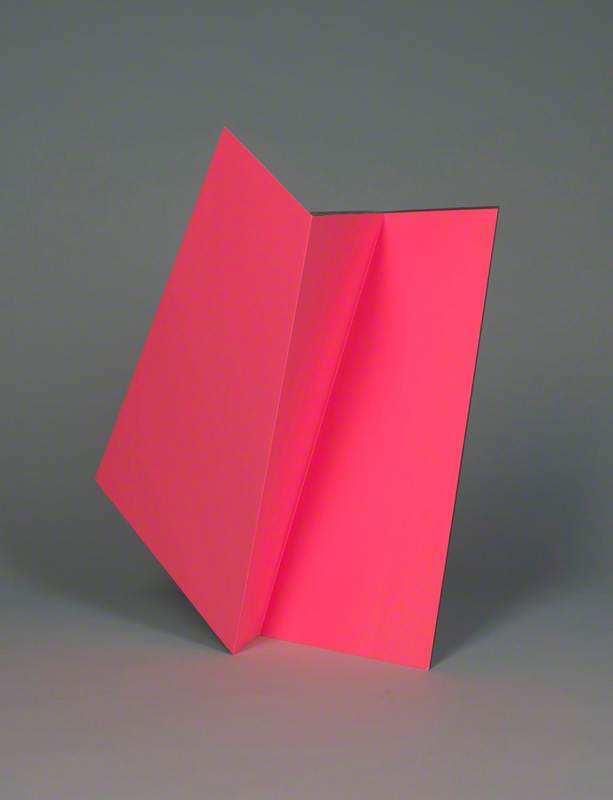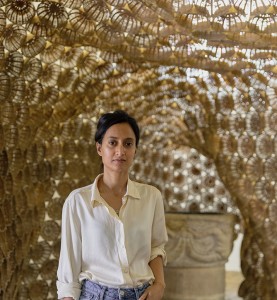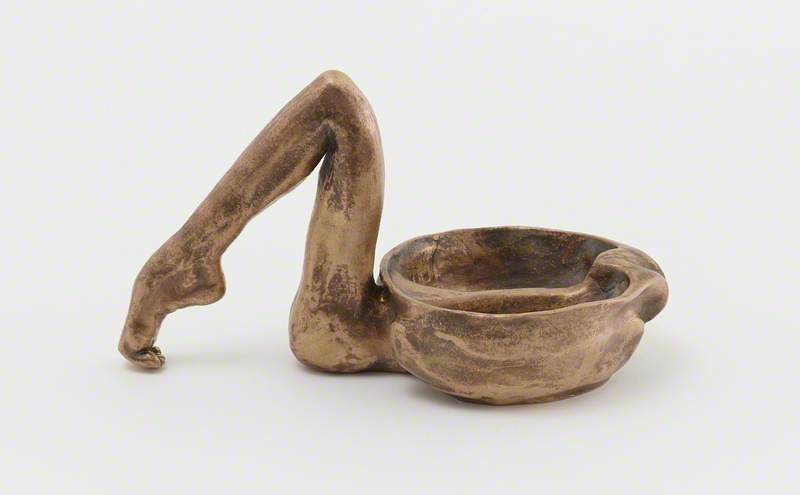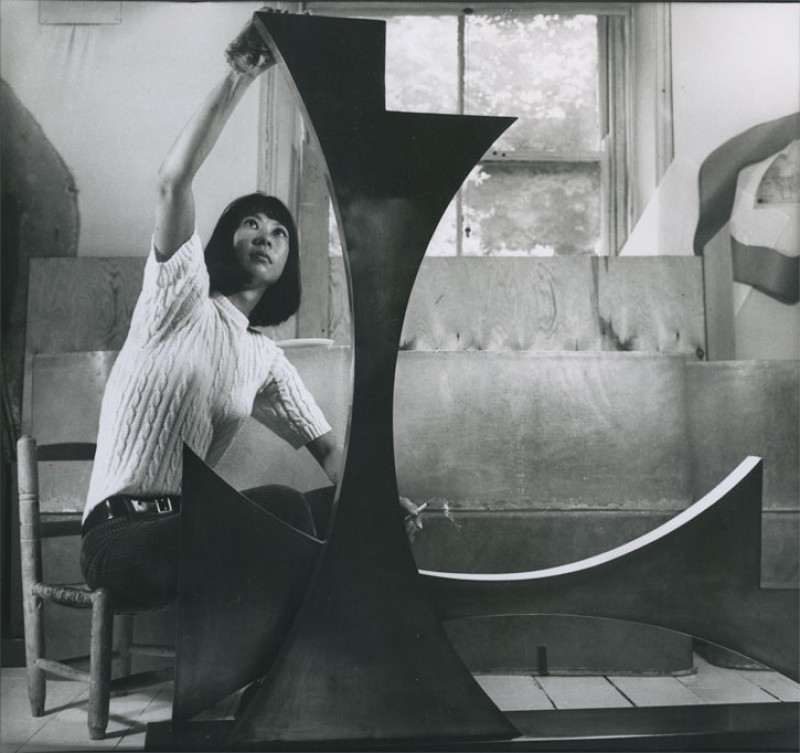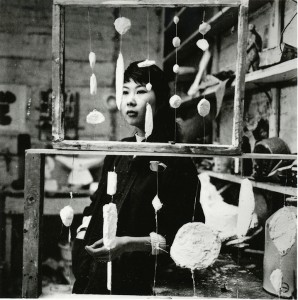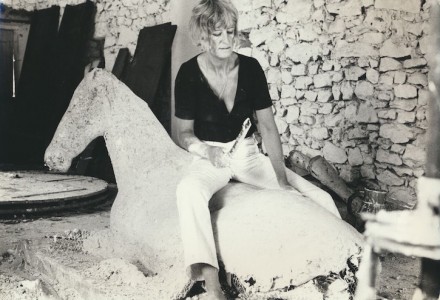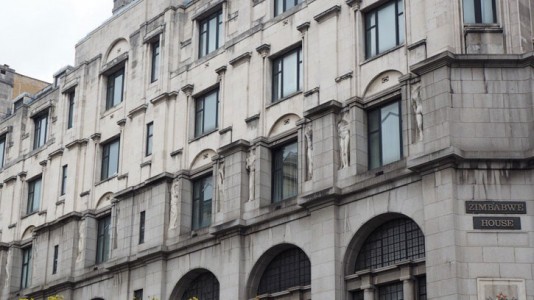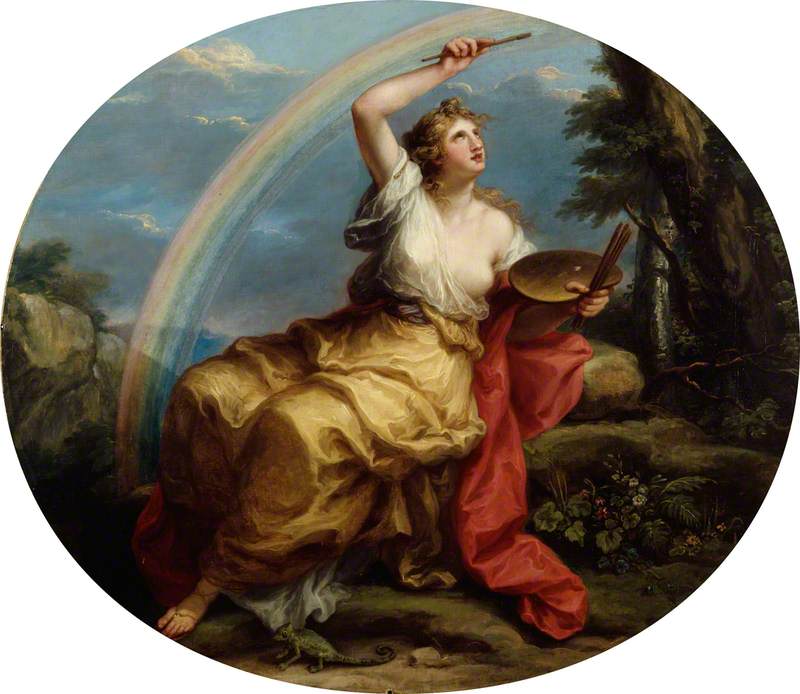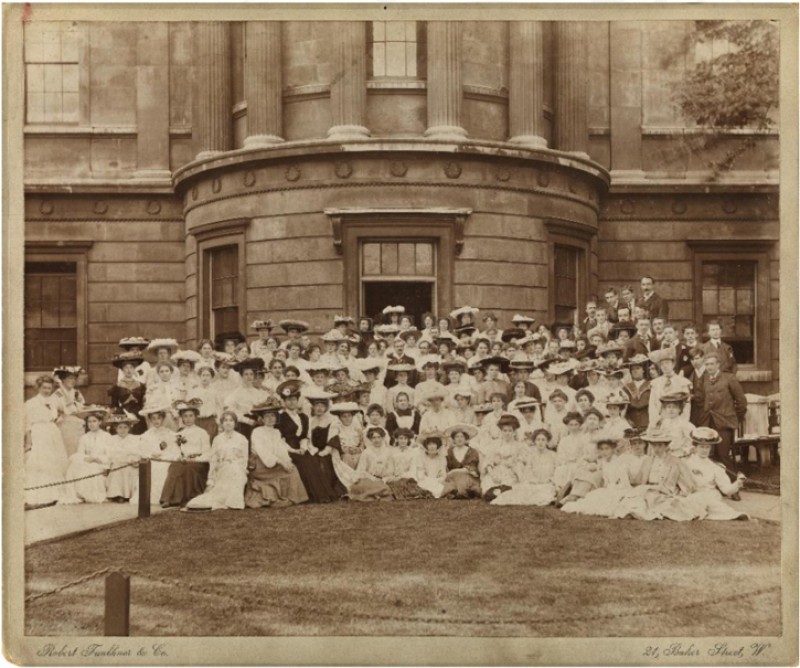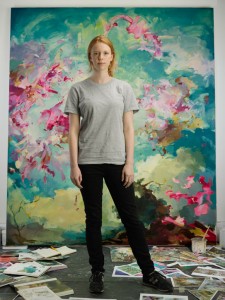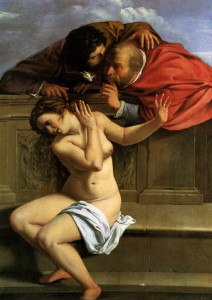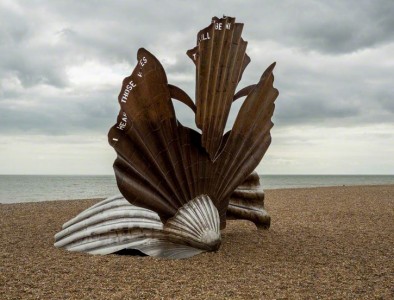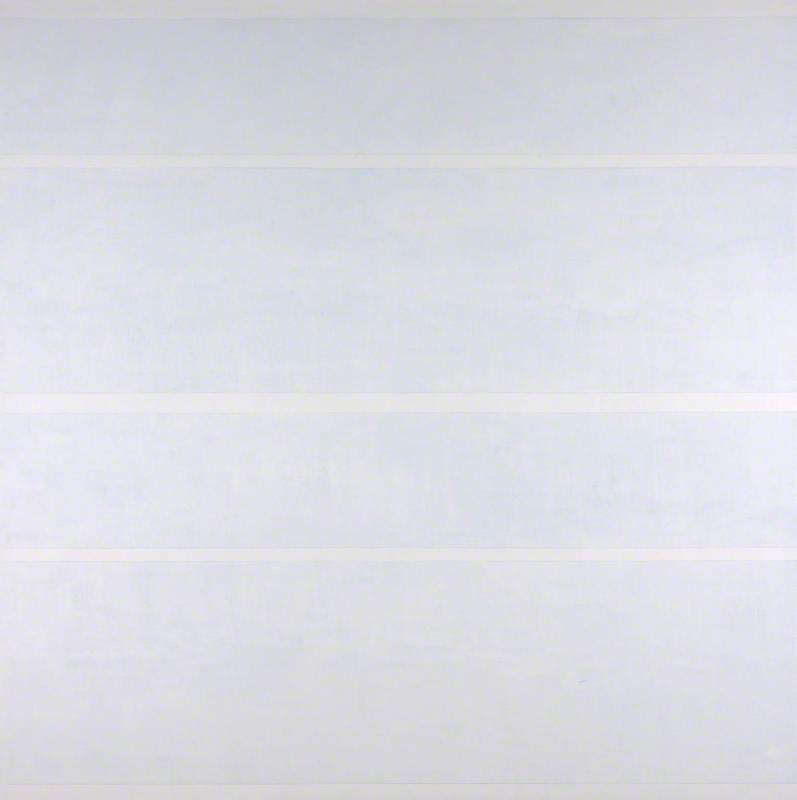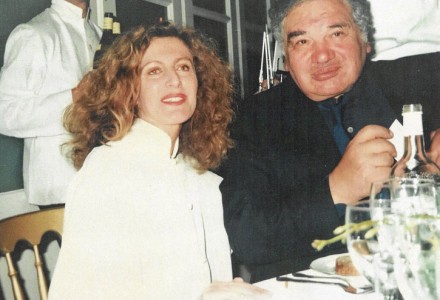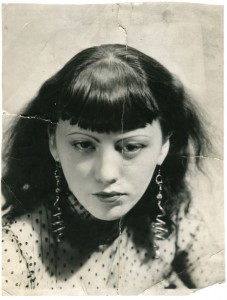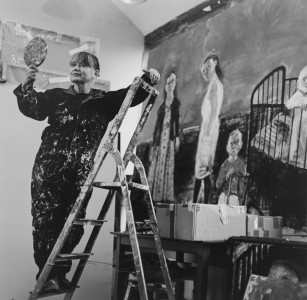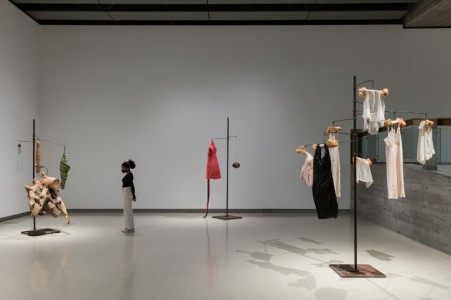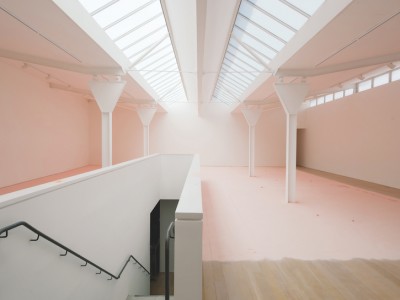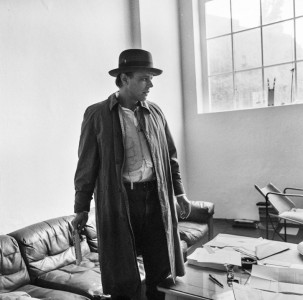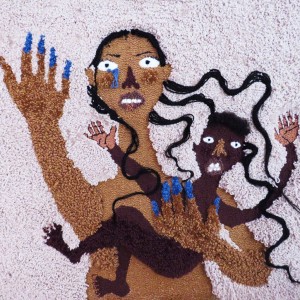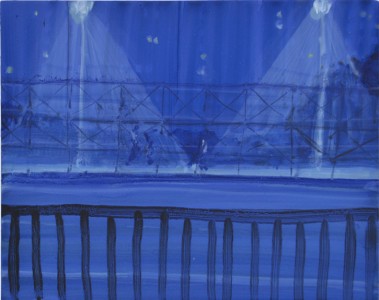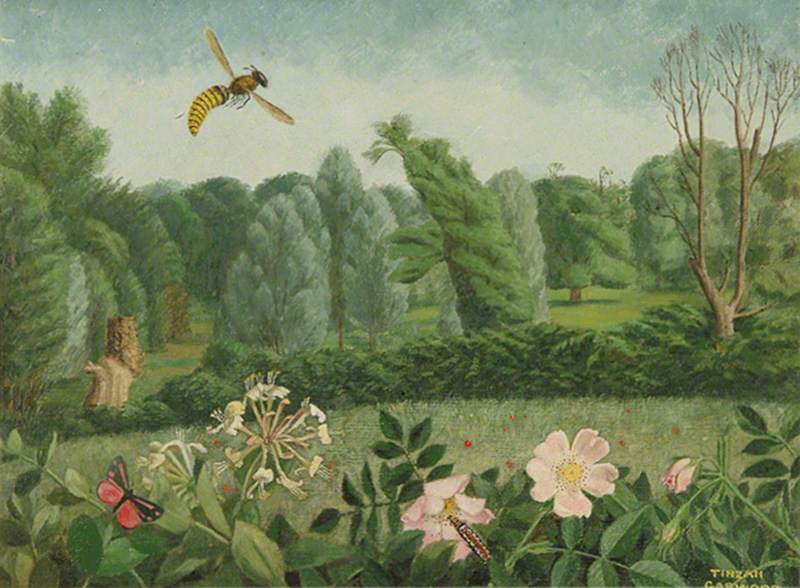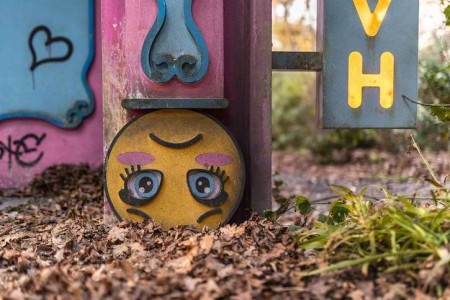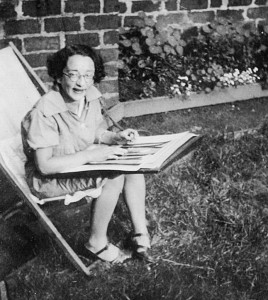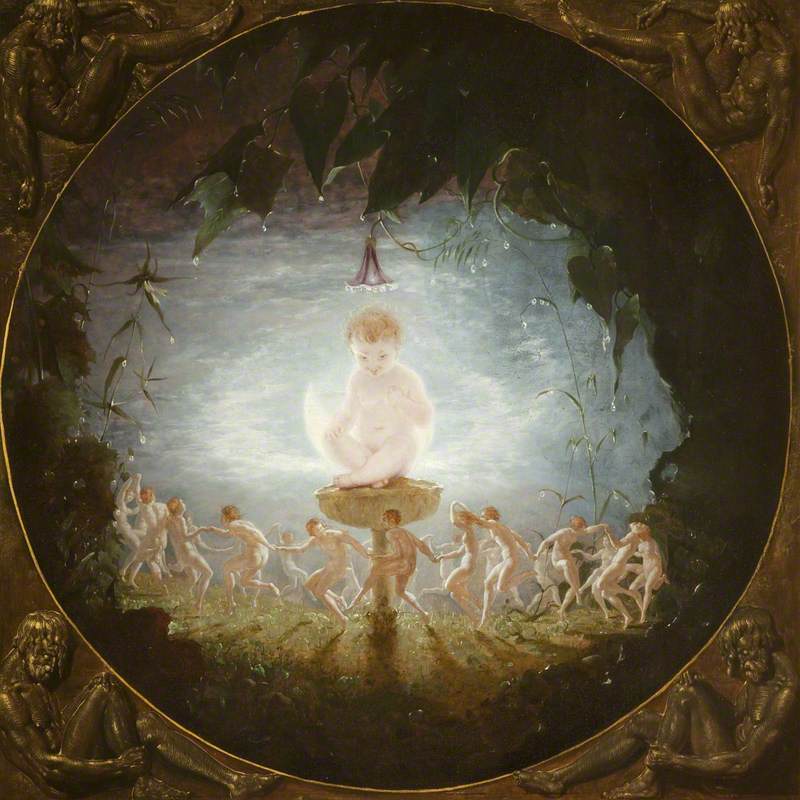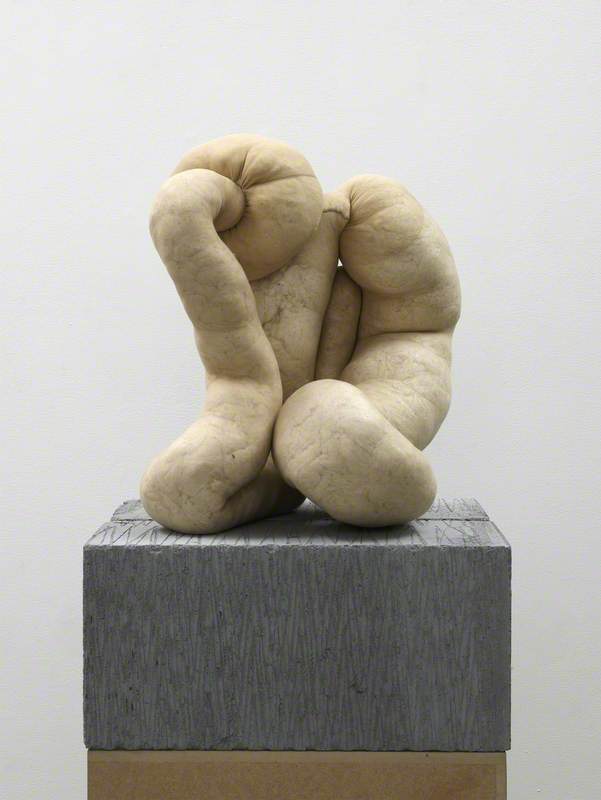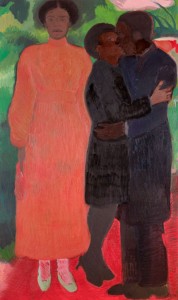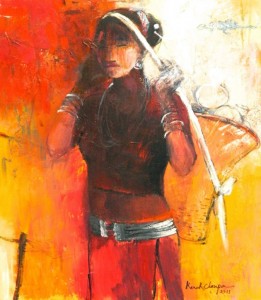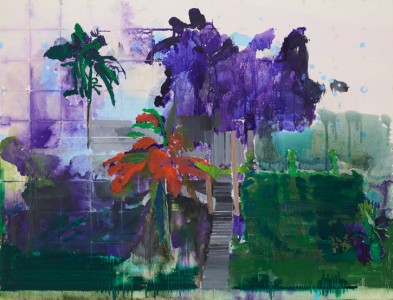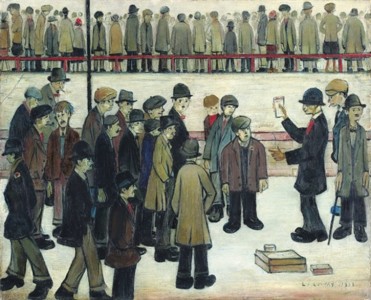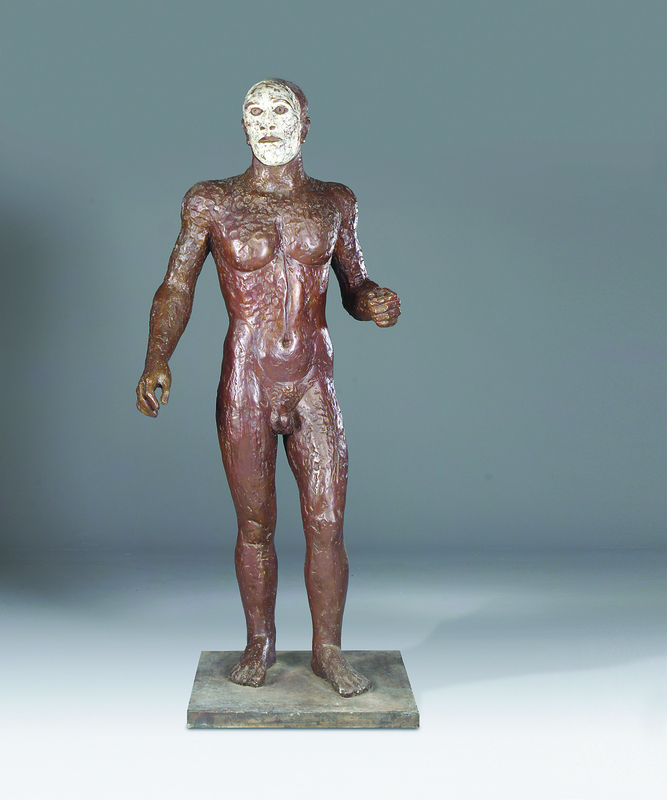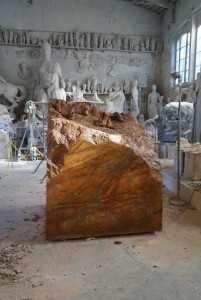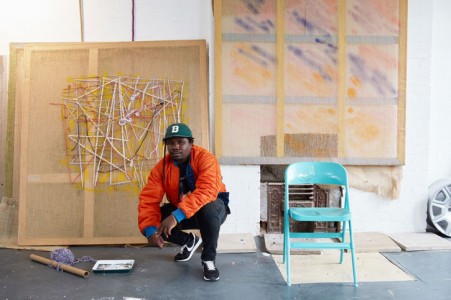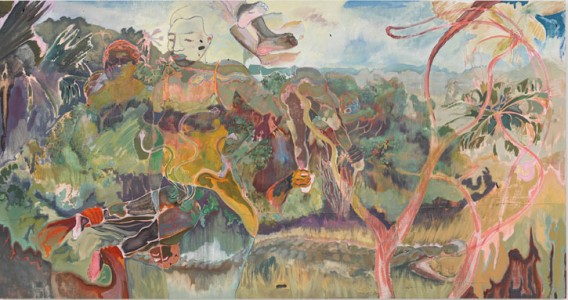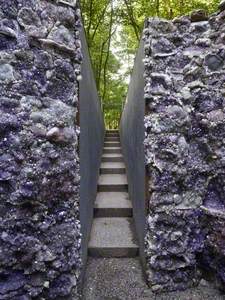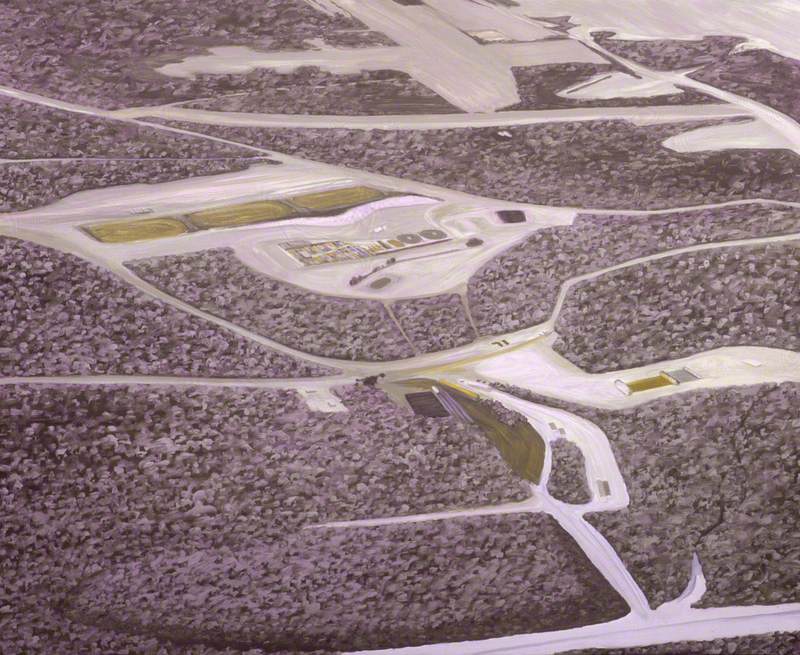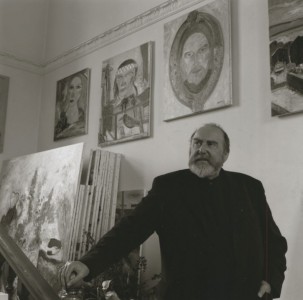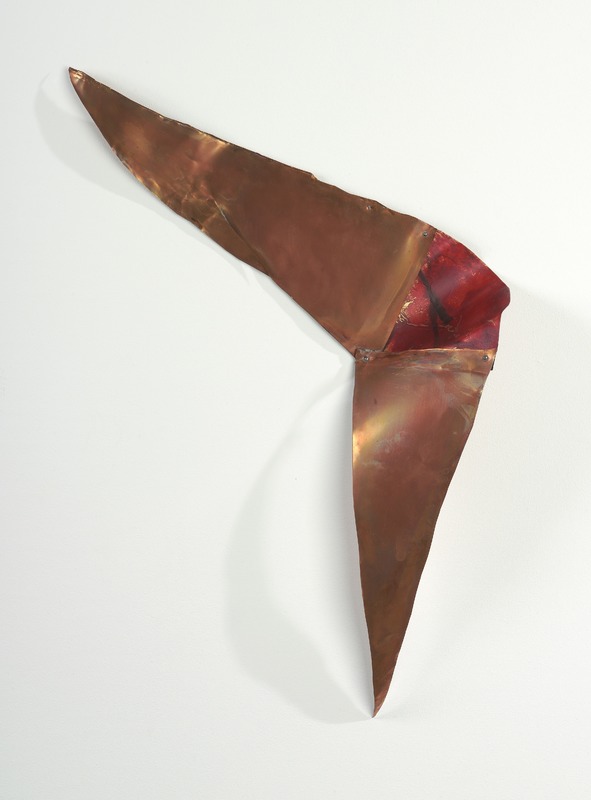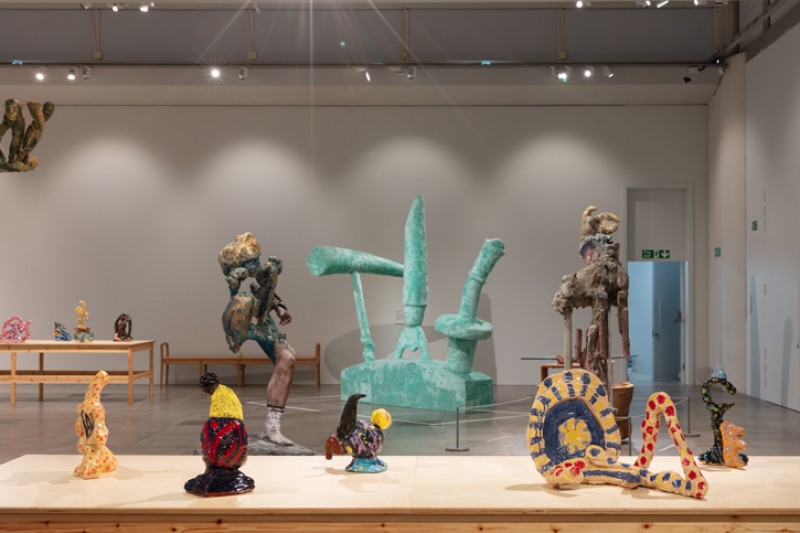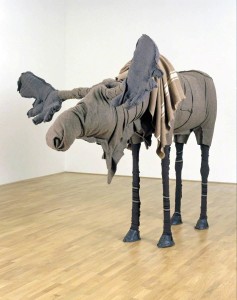There's something hopeful about Rana Begum's art. The way painting, sculpture and installation shift and morph. The soft pastel colours and the subtle gleam of light.
The Bangladeshi-born artist lives and works in London and draws on a range of influences, from the visual language of Minimalism and Constructivism to urban landscapes and traditional Islamic design.
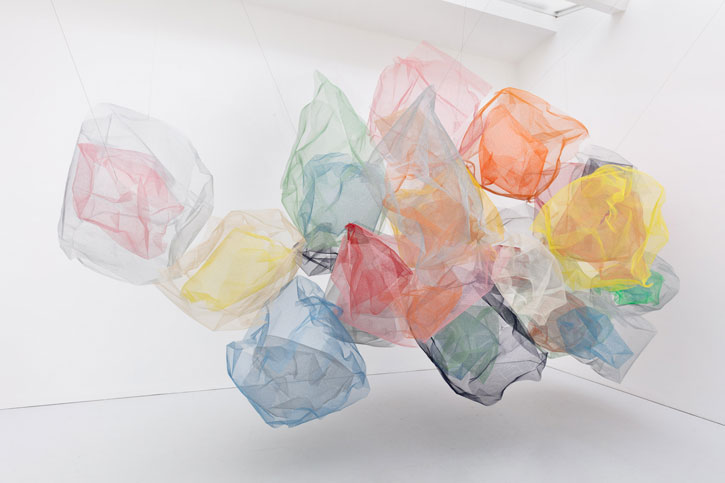
© the artist. Image credit: Angus Mill, Courtesy of Kate MacGarry, London
No. 1048 Mesh
2020, paint on powder-coated mesh sculpture by Rana Begum (b.1977)
Her first solo show – 'Rana Begum' at Kate MacGarry in Shoreditch – runs until 6th June 2021 and brings together three new bodies of work.
'The past few years have been incredibly tough for everyone', says Begum, chatting over Zoom from her studio. 'I want the work to offer a sensory experience.'
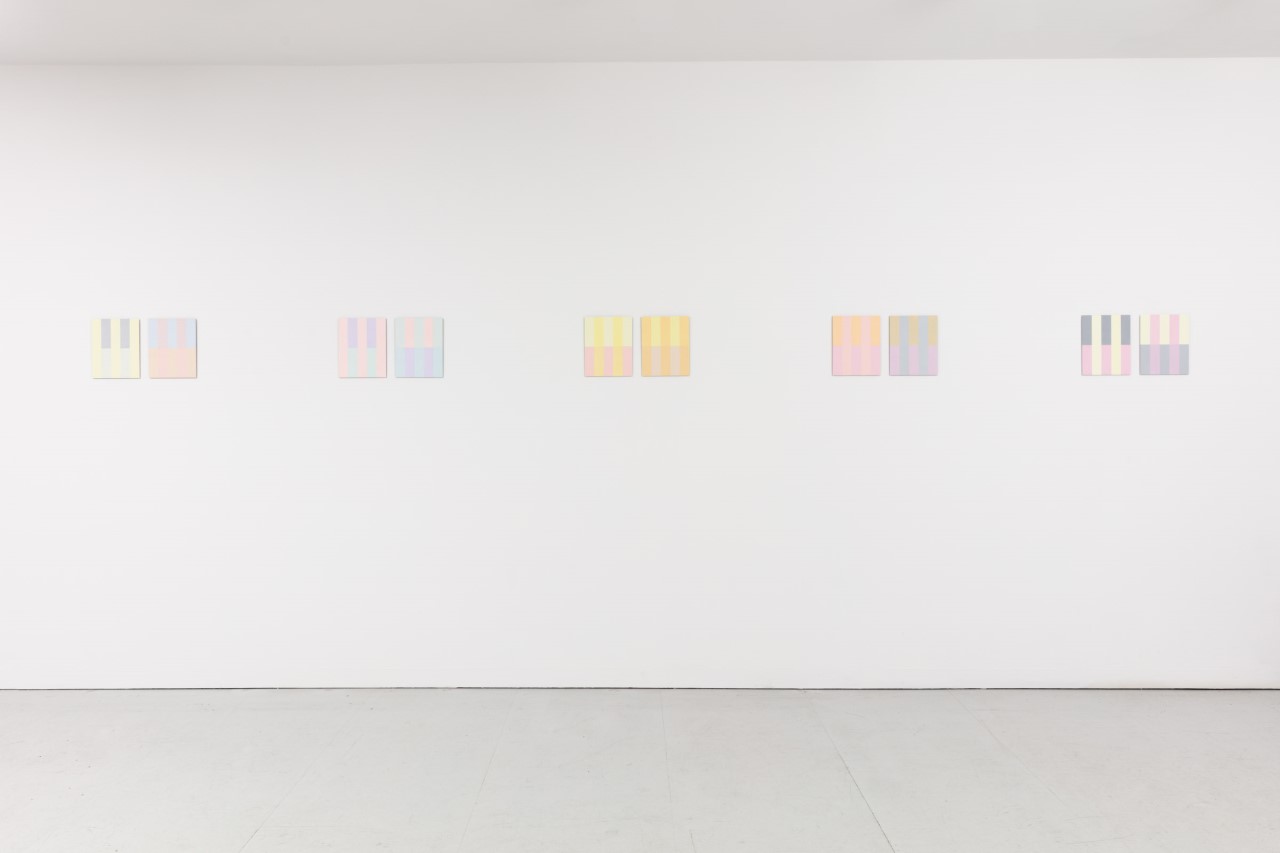
© the artist. Image credit: Angus Mill, Courtesy of Kate MacGarry, London
Installation view at Kate MacGarry
To your right as you enter the gallery is a series of small acrylic paintings on aluminium panels. Each panel is divided into a tidy geometric grid and assigned a more or less sugary palette; one has echoes of rhubarb and custard.
In 2019, Begum created a vast wall painting for a group show on the interaction of colour at Cristea Roberts Gallery. 'There was something about it,' she says. 'I got excited and decided I wanted to zoom in and look at the interaction of colour in detail.'
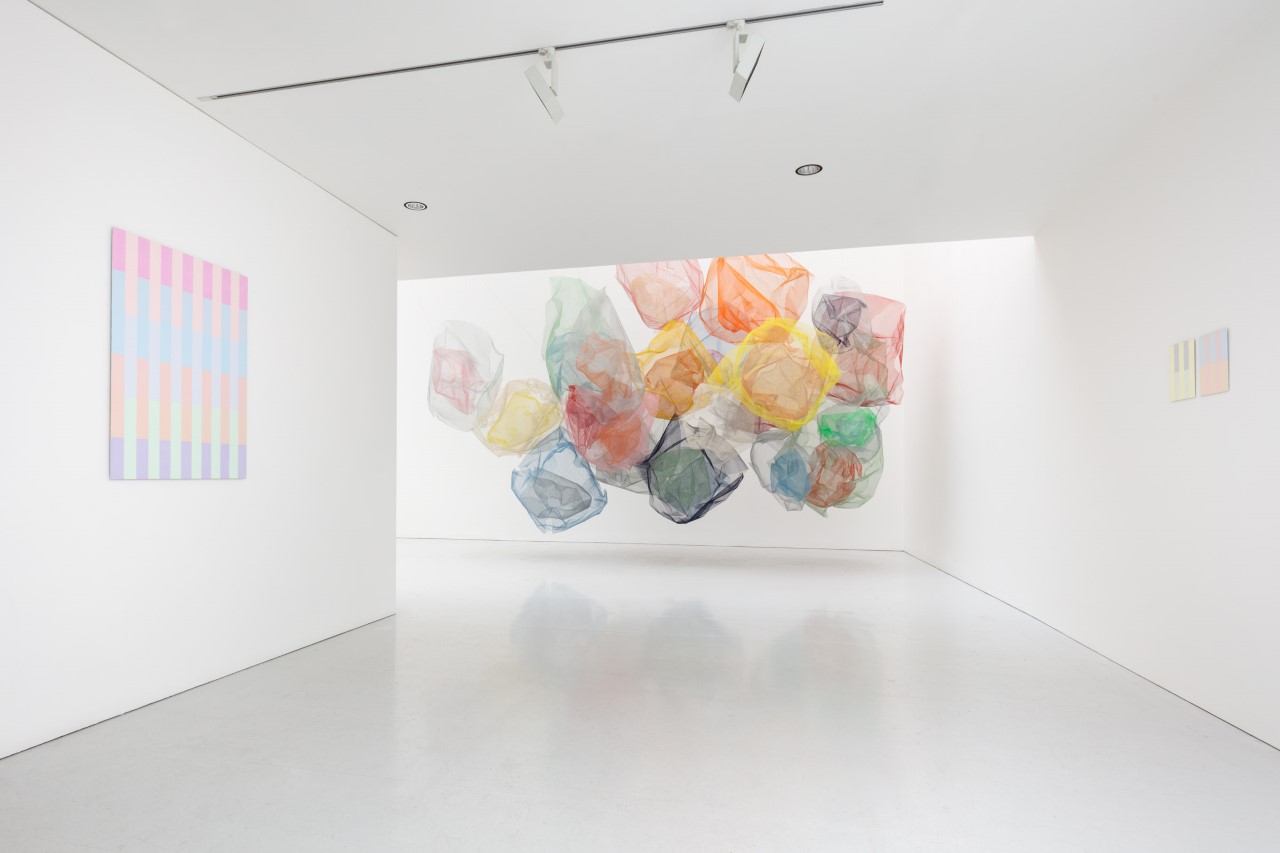
© the artist. Image credit: Angus Mill, Courtesy of Kate MacGarry, London
Installation view at Kate MacGarry, London
2020, paint on powder-coated mesh sculpture by Rana Begum (b.1977)
While a student at Hertfordshire University, Begum was drawn to the work of American abstract artists such as Agnes Martin, and her vertical and horizontal bands (not to mention her reduced aesthetic and fondness for repetition) recall their foundational elements. It was also during that year that she first became interested in the relationship between light, colour and form.
'I used to draw lots of architectural spaces with light flooding in, so there was always light and dark', she says. 'First I researched light and form and how light affects form, then colour and how one colour affects another.'
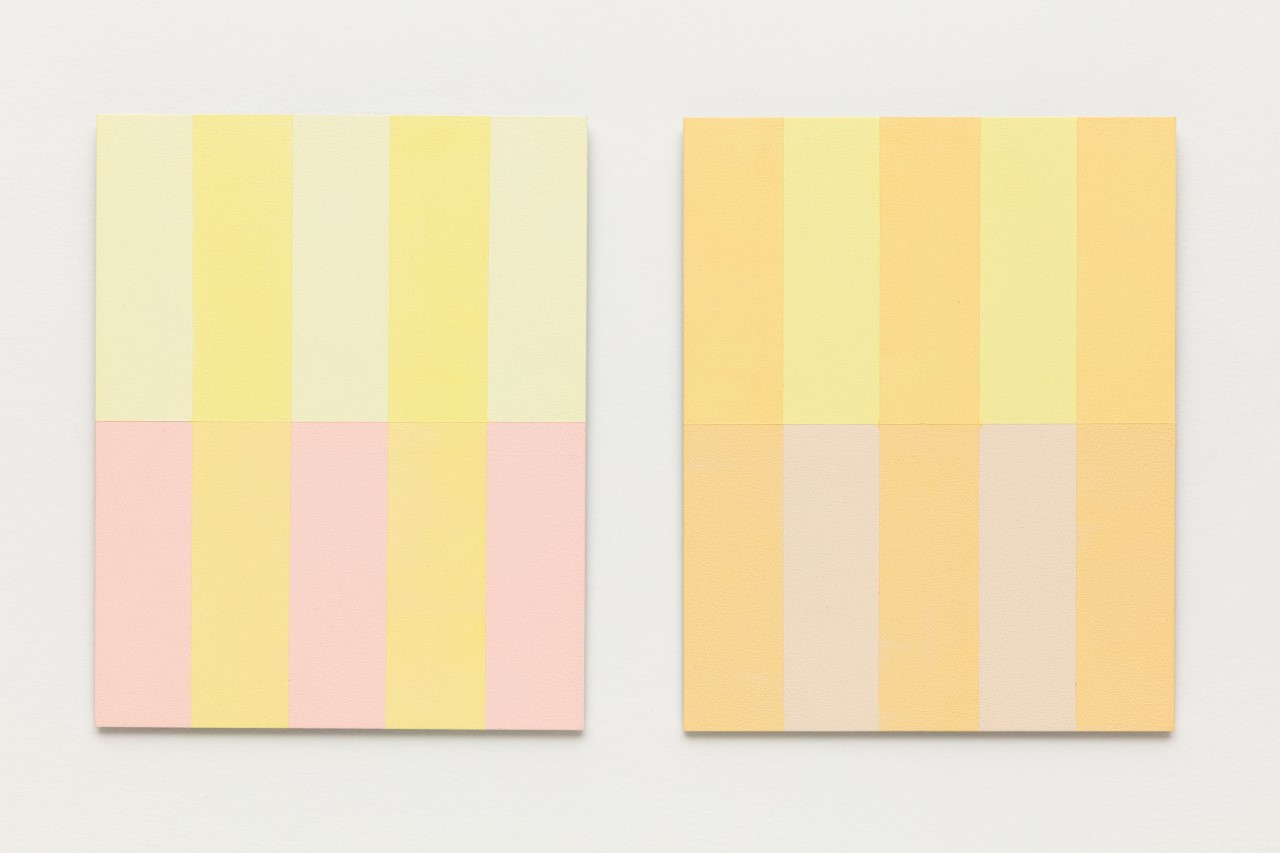
© the artist. Image credit: Angus Mill, Courtesy of Kate MacGarry, London
No. 1039 Diptych
2020, acrylic paint on aluminium by Rana Begum (b.1977)
After completing her undergraduate and master's degrees at the Chelsea and Slade schools of art, she was able to collate her research. 'I find that I keep circling back around to those three elements in my work, and that the work can't survive without them', she adds. 'They connect all of the different series and keep me excited.'
That connection becomes clear as you pass from the aluminium paintings towards a suspended mesh installation shaped from spray-painted fishing nets. It stems from Begum's spray paintings on paper, which take weeks and sometimes months to develop and are built up with multiple layers of paint. 'Over time there's a depth to those paintings that feels quite sculptural, and that was an element that I felt needed to be drawn out into the three-dimensional space,' she says. The challenge: to retain the sense of weightlessness.
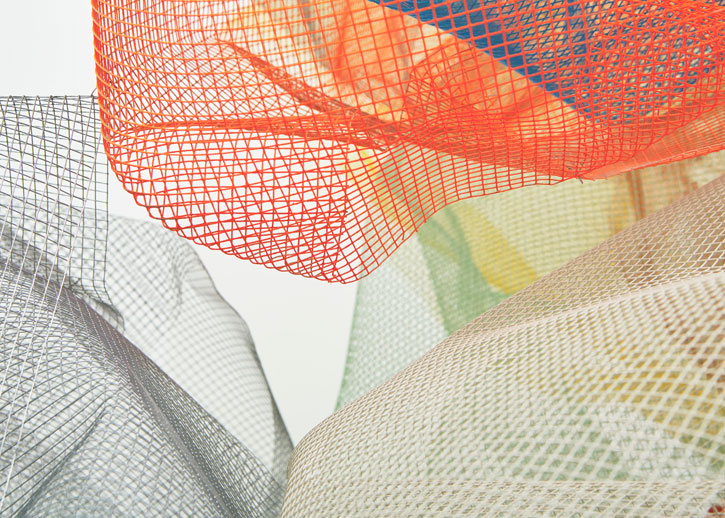
© the artist. Image credit: Angus Mill, Courtesy of Kate MacGarry, London
No. 1048
2020, paint on powder-coated mesh sculpture by Rana Begum (b.1977)
Begum started out testing the mesh on a small scale, playing around with the form and how she could apply colour, as well as the way light filtered through. 'As it got bigger and bigger it got more and more exciting', she says. 'The form became more fluid and organic and somehow lighter.'
Each form was loosely constructed, powder-coated, and then inserted with a second form in a different shade. Begum's studio has skylights, and as she and her team worked, natural light spilled into the space.
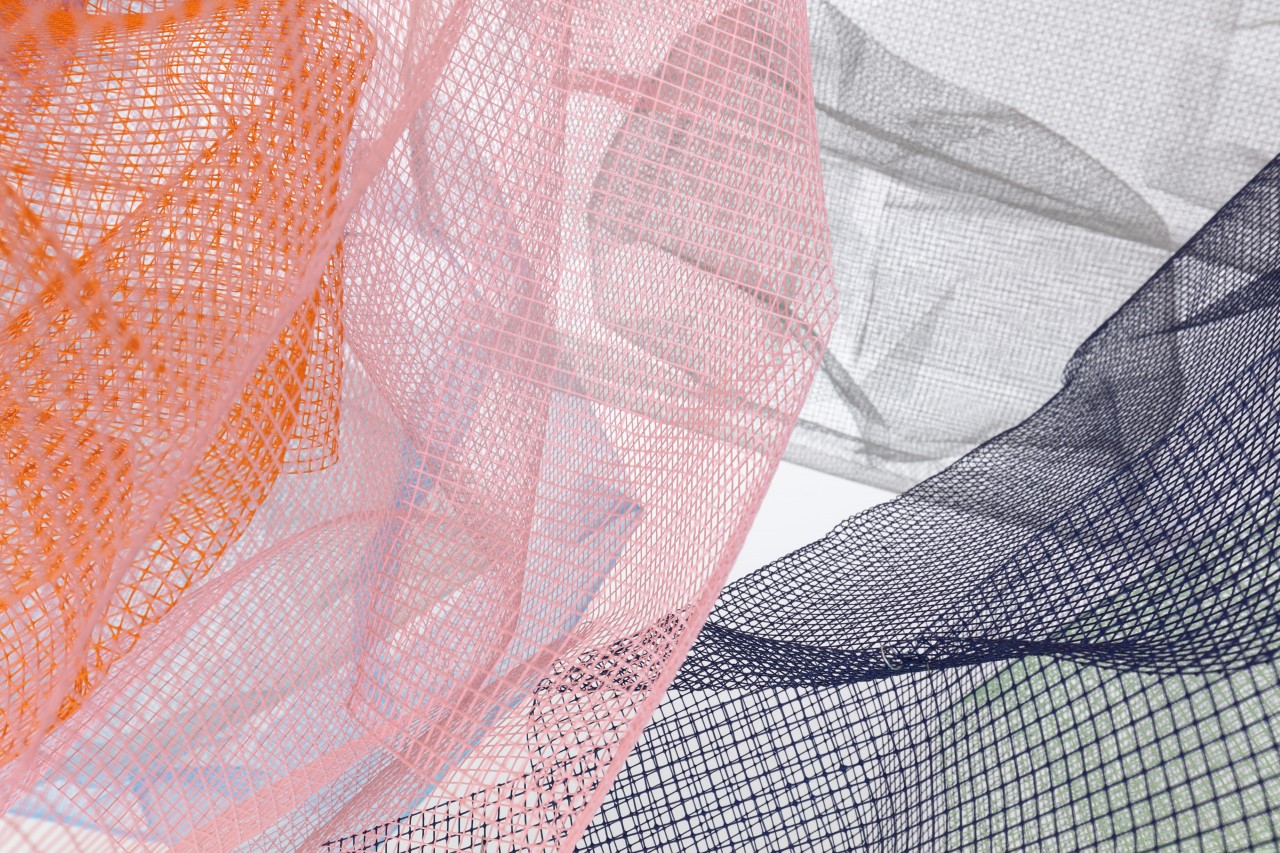
© the artist. Image credit: Angus Mill, Courtesy of Kate MacGarry, London
No. 1048
2020, paint on powder-coated mesh sculpture by Rana Begum (b.1977)
'There were moments when the forms just came to life as the sunlight filtered through,' she adds. 'It started growing and taking over the studio – in fact, it became quite difficult to move around – and it changed as soon as it was in the gallery too.'
Hovering mid-air, the bundle of nets appears to oscillate. From one direction, it appears harsh and sharp-edged like a rock formation; from another, it's more malleable, like crumpled tissue paper or swelling clouds. Muted shades of blue-grey blur into one, broken up by brilliant yellow and green bursts. As a whole, it's neat and clean – like most of Begum's art.
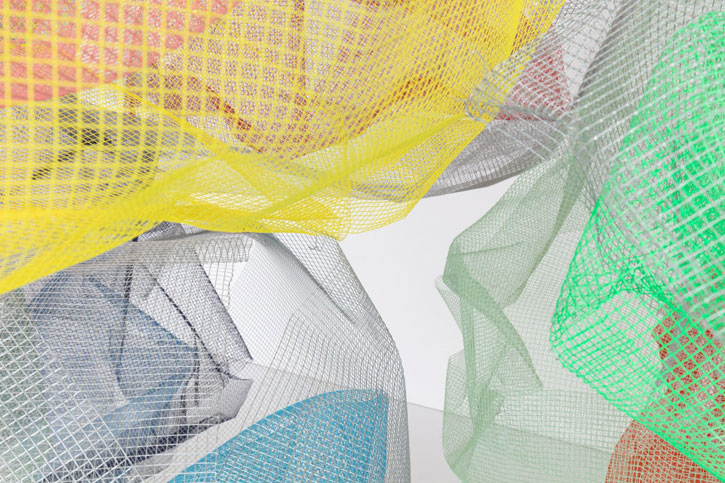
© the artist. Image credit: Angus Mill, Courtesy of Kate MacGarry, London
No. 1048
2020, paint on powder-coated mesh sculpture by Rana Begum (b.1977)
On the wall opposite is the third and final body of work, this one developed through Istanbul Modern's residency programme, which invites international artists to collaborate with the storied Turkish city's local craftspeople. After spending time in a metal spinning workshop, Begum was inspired to create steel moulds in various shapes and sizes painted in blue-green, grey and salmon pink.
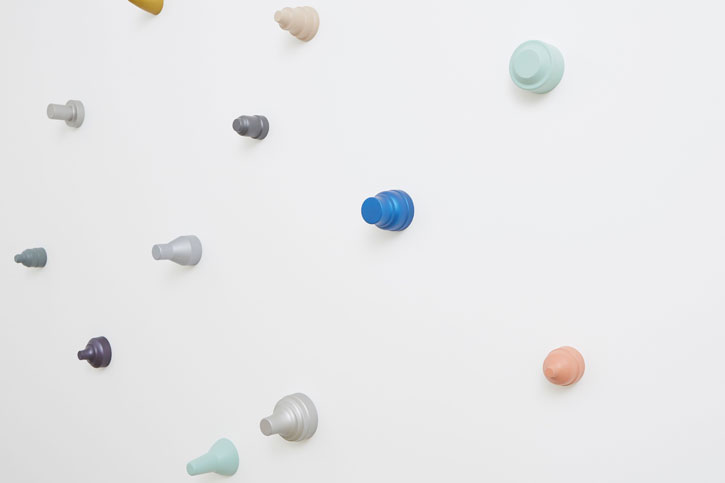
© the artist. Image credit: Angus Mill, Courtesy of Kate MacGarry, London
No. 973
2019–2020, paint on mild steel by Rana Begum (b.1977)
These simple pieces jut out from a white wall; your first view of them is from the side. 'For me, they represent the city, a profile of some of the architecture and buildings you see in Istanbul,' says Begum. During her time there, she stayed in a hotel and ate her breakfast on the roof overlooking the skyline. It was warm and bright, and the sunlight would throw shapes across the domes and minarets. 'I wanted to recreate that experience.'
Throughout her career, Begum has switched between materials, and it's her unwillingness to settle on any particular medium that, she believes, keeps things interesting. 'There's always so much more to address,' she says. 'Whether with ready-made or man-made materials, we haven't quite pushed the limits yet.' It's similar with scale. Before she starts working on a big public art project, she'll get to grips with a material and how it reacts to the light with a small model. 'I love what scale can do; I love the possibilities.'
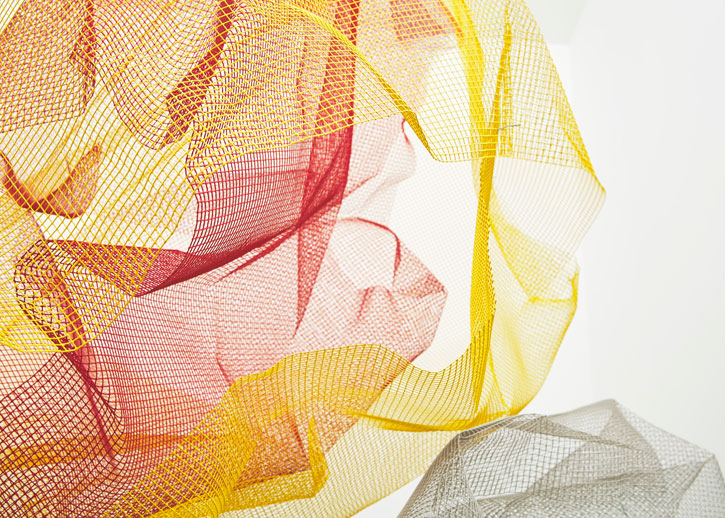
© the artist. Image credit: Angus Mill, Courtesy of Kate MacGarry, London
No. 1048
2020, paint on powder-coated mesh sculpture by Rana Begum (b.1977)
Begum is constantly pushing forward with those possibilities. The week after her solo show at Kate MacGarry opened, another exhibition of new works opened at Wanås Konst in Sweden.
For this year's Folkestone Triennial, which begins in July, she's brightened more than a hundred beach huts, and next year she has a show at Warwick's Mead Gallery. She sees each new work as both a continuation of what has come before and a departure. She values having a hands-on approach; through every process, she learns something new.
'It's important to be able to allow things to happen, to allow for mistakes to happen,' she says. 'Because when they do, it can take you in a whole new direction.'
A direction that's bright and hopeful.
Chloë Ashby, freelance writer and editor
'Rana Begum' runs until 6th June 2021 at Kate MacGarry, Tuesday to Saturday, 11am to 5pm
